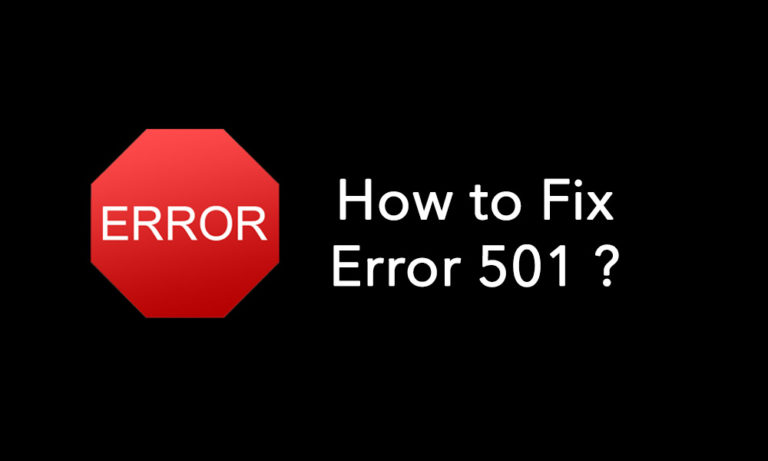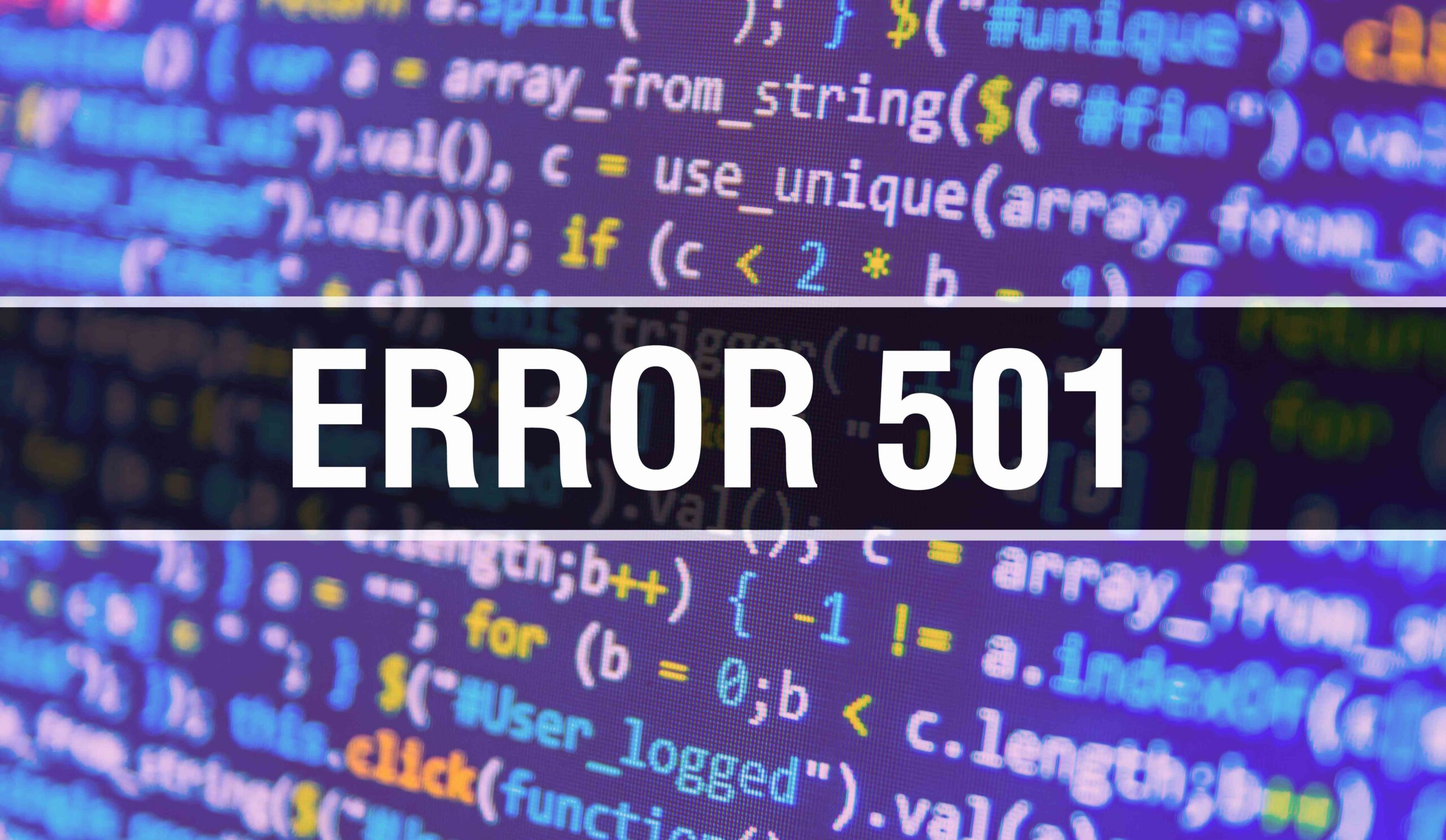Facing the dreaded 501 error on your website? Don’t fret! This guide will equip you with the knowledge and solutions to tackle this common yet frustrating issue.
What is a 501 Error?
A 501 error, also known as “Not Implemented,” is a server error indicating that the server cannot fulfill your request due to a lack of support for the specific functionality needed. In simpler terms, the server doesn’t understand what you’re asking it to do.
Think of it like asking a waiter for a dish that isn’t on the menu. The waiter can’t provide you with the dish because they don’t have the ingredients or the recipe to make it. Similarly, the server can’t fulfill your request because it doesn’t have the capabilities to do so.
Read Also: Understanding and Fixing Error 500: A Comprehensive Guide
While a 501 Error can be frustrating, it’s important to remember that it’s usually a temporary issue that can be easily fixed. By understanding the cause of the error and taking the appropriate steps to resolve it, you can ensure that your website is always running smoothly.
Common Causes of the 501 Error
Several factors can lead to a 501 error, including:
- Unsupported HTTP method: The server might not recognize the method used in your request (e.g., PATCH, DELETE).
- Missing functionality: The server lacks the necessary features or extensions to handle the request.
- Incorrect server configuration: Misconfigured settings or missing modules can prevent the server from functioning correctly.
- Temporary server issues: Overloaded servers or temporary outages can sometimes lead to 501 errors.
Impact of the 501 Error on SEO
A 501 error can significantly impact your website’s SEO by:
- Hurting user experience: Users encountering the error message will be frustrated and may leave your site, leading to higher bounce rates.
- Discouraging search engines: Search engines may crawl your site less frequently or even deindex affected pages, impacting your organic ranking.
- Increased server load: Repeated 501 errors can strain your server resources, leading to performance issues.
How to Fix the 501 Error:

1. Identify the cause:
- Analyze the error message: The error message often provides clues about the specific cause. Look for keywords like “method not allowed,” “missing functionality,” or “server configuration.”
- Check server logs: Your server logs will usually contain more detailed information about the error, including the time it occurred and the specific request that triggered it.
2. Based on the cause, implement the following fixes:
a. Unsupported HTTP method:
- Change your request method: If you’re using an unsupported method, try using a different method that the server does understand. For example, you might need to use POST instead of PATCH or DELETE.
- Update your code: If you’re making the request programmatically, update your code to use a supported method.
b. Missing functionality:
- Install the required module: If the server is missing a specific module, install and activate it. This might be a web server module or a plugin for your content management system.
- Enable the required feature: If the functionality is already installed but disabled, enable it in your server configuration or CMS settings.
c. Incorrect server configuration:
- Check server documentation: Consult your server documentation for instructions on how to configure the server for the desired functionality.
- Contact your hosting provider: If you’re unsure how to configure the server, contact your hosting provider for assistance.
d. Temporary server overload:
- Reload the page: Sometimes, a simple refresh can resolve the issue if the error was caused by a temporary server overload.
- Wait and try again: If the error persists, wait a few minutes and try again. The server might be overloaded at the moment, but it should recover soon.
Here are some additional tips for fixing 501 errors:
- Clear your browser cache: In some cases, a corrupted browser cache can lead to 501 errors. Try clearing your browser cache and reloading the page.
- Disable browser extensions: Certain browser extensions can interfere with website functionality. Try disabling any extensions you have installed and see if the error persists.
- Check your VPN or proxy settings: If you’re using a VPN or proxy server, try disabling it temporarily to see if it resolves the error.
If you’ve tried all of the above suggestions and the 501 error persists, you should contact your hosting provider for further assistance. They will be able to access your server logs and diagnose the problem more accurately.
Preventing Future 501 Errors:
- Regularly update software: Keep your server software and plugins updated to avoid compatibility issues.
- Monitor server health: Track server performance and resource usage to identify potential problems early.
- Implement error logging and alerts: Configure your server to log errors and send alerts for timely detection and response.
- Test new features thoroughly: Before deploying new features or plugins, thoroughly test their functionality on a staging server to avoid unexpected errors.
Optimizing Your SEO after the 501 Error:

- Monitor search console: Regularly check Google Search Console for crawl errors and submit updated sitemaps to ensure accurate indexing.
- Run SEO audits: Perform SEO audits to identify any lingering issues caused by the 501 error and address them promptly.
- Focus on user experience: Implement solutions to improve user experience and encourage visitors to stay on your site.
By understanding the cause, implementing the appropriate fixes, and taking preventive measures, you can conquer the 501 error and maintain a healthy website for both users and search engines.
